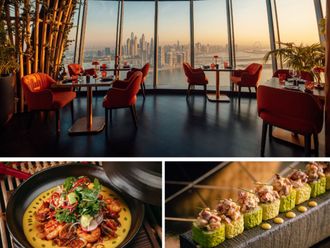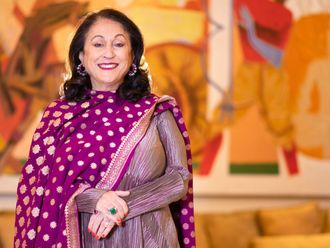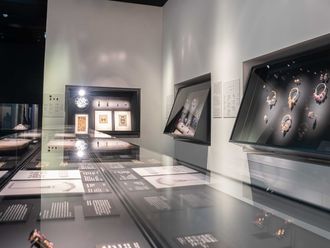
Whether it is the movement of his art or the metaphors that vandalise his incredible paintings, the Iranian-American artist never fails to fascinate you!
Darvish Fakhr trained at the Museum School of Fine Arts in Boston and the Slade School of Fine Art in London, he won the BP Travel Award and has exhibited and performed internationally, including at The Armory Show in New York, and his work is in the permanent collection of the National Portrait Gallery in London. As his solo show, ‘Traveling Light’ is currently being held at Leila Heller Gallery in Dubai, Fakhr tells The Kurator about the concept of freedom and universal love in his work and how he merges two different cultures, fusing aspects of his Iranian heritage with his Western upbringing within his art.

How do you describe yourself as an artist and performer?
There are two of me, really. There is me, the painter, and then there is the Urban Sufi. We inform each other. I show him form, he shows me spirit. I show him how to connect with others, he shows me how to connect with myself. I am cautious, he’s a bit wild. But there is a lot of overlap between the two, there isn’t a huge disparity, and the gap keeps getting smaller.
What do you see in the movement of the whirling dervish?
I see movement used to connect to the Creator, to find understanding and universal love. I see the stillness in a whirling universe. I see the Now.
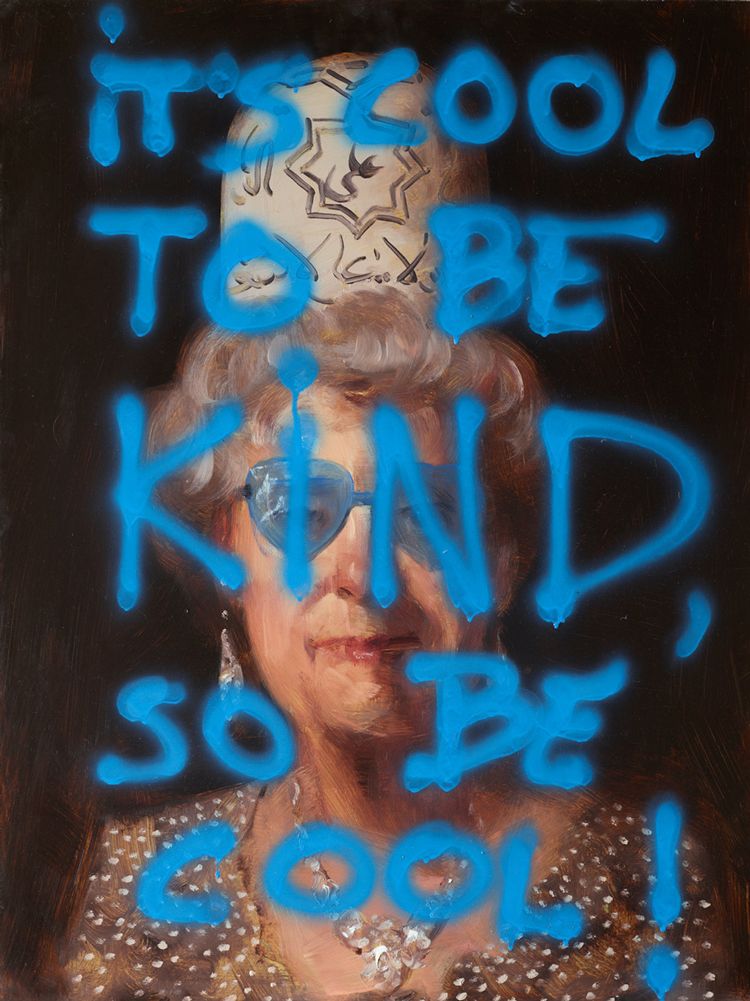
What do the balloons and the flying movement represent in your art and performance?
They represent the concept of freedom. The children’s book “The Red Balloon” was based on a film by Albert Lamorisse and I would have my father read it to me over and over again. I was an only child and related to the main character, a young Parisian boy who made friends with a red balloon. Balloons have been a big part of my life. About 12 years ago my dear aunt died in Plymouth, England. I drove to her funeral by myself with about 100 colourful balloons and a heavy helium tank I had rented. My idea was to have everyone let go of a balloon at the same time while remembering her special sense of humour. But when I arrived it was pouring down with rain, so I had to inflate them all in the back of my mother's estate car. After I had inflated about 35 of the balloons and tied them with string I realized I was trapped. Not only was I tangled in string but if I opened the boot all the balloons would fly away. It took me about 40 minutes to escape, and I missed the funeral altogether. Luckily the skies had cleared up and I was able to fulfil my intentions at the gathering at her house afterwards. But it was a valuable lesson to me about how I tend to fill my head with ideas to the point of being paralyzed… An important metaphor for being so overcome by an idea that I could not access or appreciate the NOW. The concept of flying or being high up off the ground also shows up in my work. There is an innate desire to cling to the earth, guided by gravity but also the ego craving a sense of permanence. In actuality, we are all flying through space, spinning on a small rock and moving at over 1000 mph. A kind of liberation comes from ’letting go’ of permanence, a celebration in Traveling Light.

Do you find yourself trapped in the character of the dervish?
No. My name is Darvish because that is what my parents named me. The Urban Sufi is a part of me that surfaces occasionally to either vandalize my paintings or to dance. His dance is a strange blend of different influences ranging from Tai chi to hip hop. I often get kicked out of art fairs because of him. Also, he’s not a good cook, I make better pancakes.
The diversity of your artwork is significant yet could make forming an identity difficult, how do you balance?
I used to think that the painting that would define me had yet to be painted. I waited and waited. But after the balloon episode in Plymouth, I realized that I am already just where I need to be and doing what I need to be doing. Now I don’t discriminate, in fact, I celebrate the layers…there is no longer any shame associated with my previous self. We all have weird or crazy aspects of ourselves but that is part of who we are, and I think it’s better to include it than hide it.
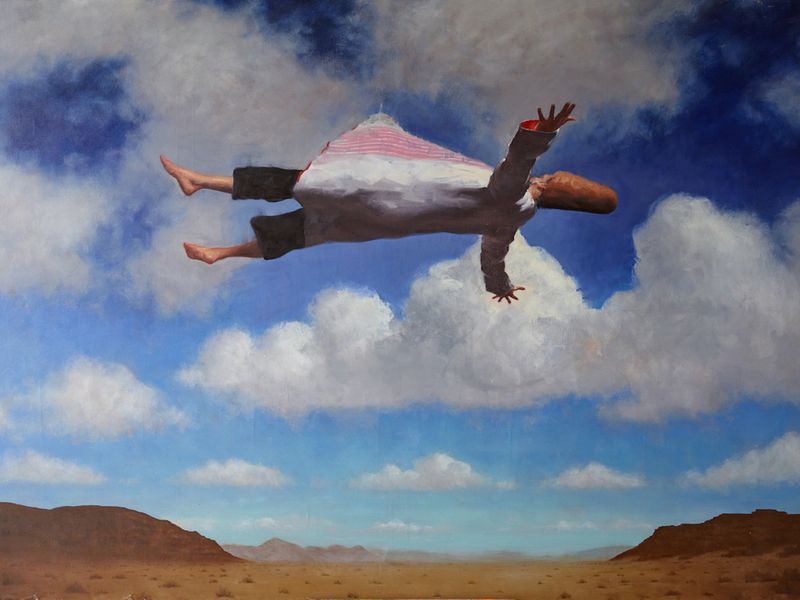
How do you make the connection between the metaphors and the canvas you paint them on?
I paint these beautiful pictures and they take me a long time. The Urban Sufi vandalizes my hard work…he comes in and tags it with these Eastern-influenced quips. They are Sufi-inspired even though he is not formally trained as a Sufi. I’m sure the Cultural Appropriation Police have a lot to say about that, but he’s not bothered. He’s more exotic than I am, more confident and a better dancer too. Sometimes he goes too far though.
How do you integrate cultural elements into your work?
I don’t see it as cultural integration. I myself am a result of cultural integration, as many of us are, so I try and celebrate the differences by mixing them up in unexpected ways to prove that the blend is more beautiful than the individual components. Saffron doesn’t taste good until you add it to rice. What does it mean to have your works exhibited in the region and is it the first time? It’s like a dream. I have been making art for over 30 years, but it finally feels like I have found my audience. It also helps when your audience has money because it means I can keep making art. These days many wealthy people like to express themselves through their art collections. What art someone chooses to live with says more about an individual than the kind of car they drive. But most importantly, people are supportive here and curious about what I am doing and how I am doing it. It seems like they responded to both my reverence and irreverence for tradition and faith. I was pleasantly surprised.


